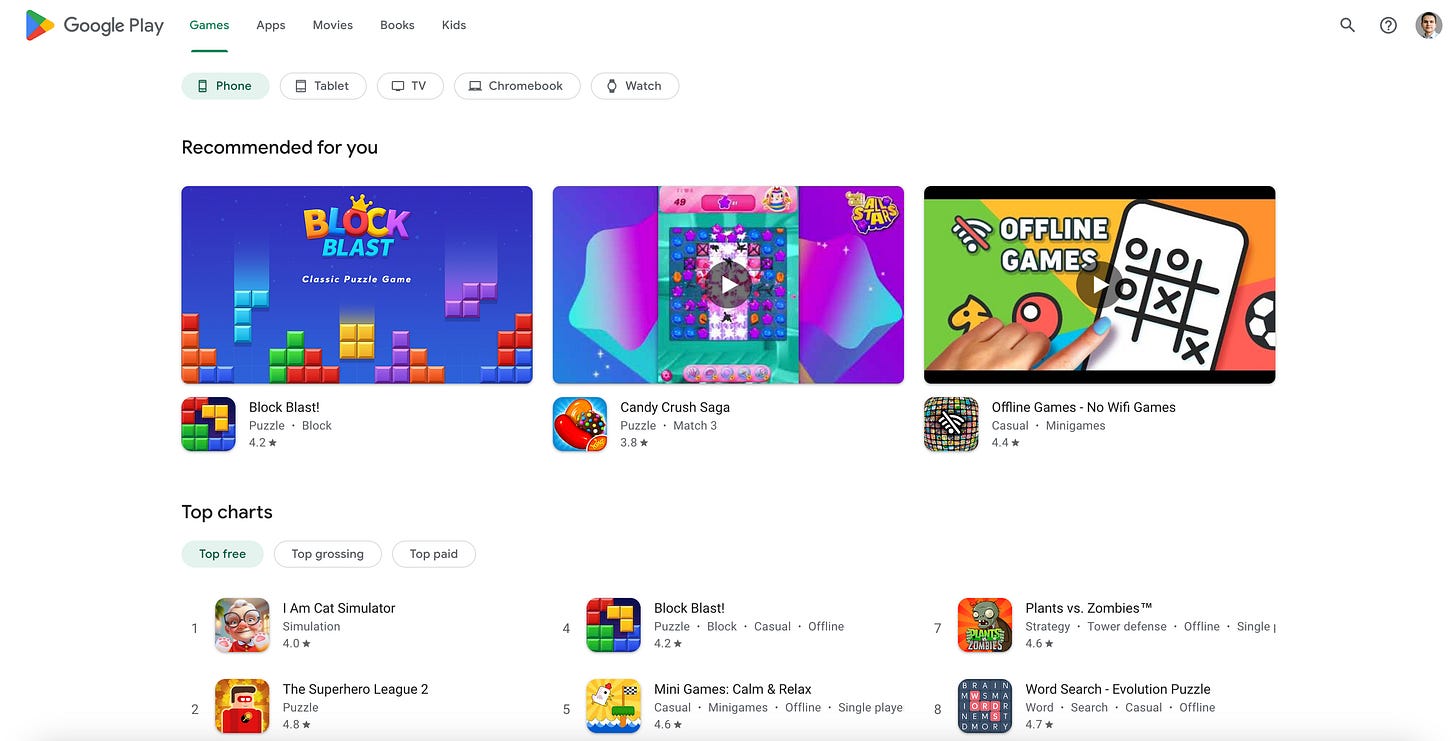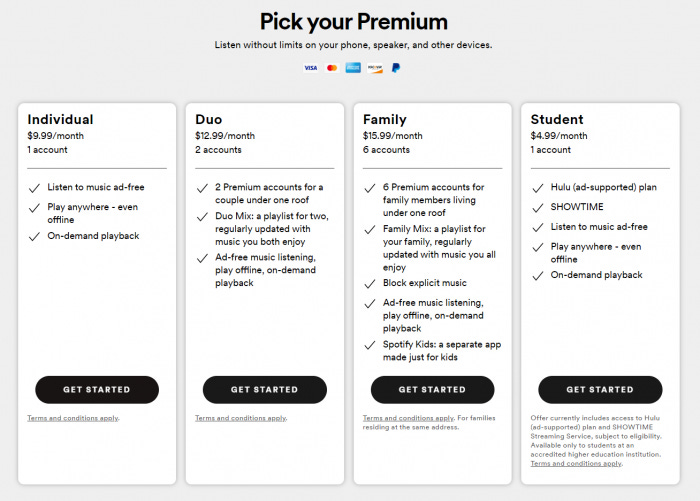[E]Commerce 101: Storefronts.
1. Introduction to Storefronts.
In E-commerce or SaaS, storefronts refer to the digital equivalents of physical retail shops—websites or online platforms where businesses showcase and sell their products or services. These storefronts are carefully designed to create a seamless shopping experience for customers, acting as the brand's primary customer-facing interface. They often include features such as:
Product Displays: Showcasing items with images, descriptions, prices, and specifications.
Search and Navigation: Enabling users to explore product categories or search for specific items.
Custom Branding: Incorporating brand elements like logos, colors, and messaging.
Personalization: Tailoring the experience with recommendations and targeted offers based on user behavior.
Customer Interaction: Facilitating reviews, FAQs, and chat support for better engagement.
Transaction Capabilities: Secure and efficient checkout, payment processing, and order tracking.
Storefronts are crucial in e-commerce as they influence customer impressions, conversions, and brand loyalty. The best storefronts are not only aesthetically pleasing but also optimized for performance, mobile compatibility, and user experience.
Types of Storefronts
1. Traditional E-Commerce Standalone Storefronts
Description: Standalone websites where businesses sell directly to consumers. These storefronts are fully branded and controlled by the business.
Examples: Nike.com, Wizzair.com, ea.com.
Features:
Product catalog management with images, descriptions, and prices.
Advanced search and filtering options.
Secure checkout with multiple payment options.
Shipping and delivery integration.
Own customer accounts for order tracking and preferences.
Promotions and discount management.
2. Marketplace Storefronts
Description: Platforms that aggregate multiple sellers, allowing them to sell their products under one digital roof. Customers can browse offerings from various vendors.
Examples: Amazon Marketplace, Etsy, Allegro.
Features:
Seller registration and profile management.
Multi-seller inventory management.
Order splitting and commission calculations.
Ratings and reviews for sellers and products.
Dispute resolution tools for buyers and sellers.
3. Social Media Storefronts
Description: Integrated shopping experiences on social media platforms, enabling businesses to sell directly through posts, reels, or ads.
Examples: Instagram Shops, Facebook Shops, TikTok Shopping.
Features:
Product tagging in posts, reels, or videos.
In-app checkout without leaving the platform.
AI-driven product recommendations based on engagement.
Messaging tools for customer queries.
Analytics for campaign performance and conversions.
4. Dropshipping Storefronts
Description: Stores that act as intermediaries, where businesses don’t hold inventory but fulfill orders directly through suppliers.
Examples: Oberlo-powered Shopify stores, Spocket dropshipping storefronts, Printful storefronts.
Features:
Supplier integration for inventory and order synchronization.
Automated order forwarding to suppliers.
Branding customization for products and packaging.
Shipping and tracking updates for customers.
5. Subscription-Based Storefronts
Description: Businesses sell products or services on a recurring basis, emphasizing long-term customer relationships.
Examples: Netflix (digital content), HelloFresh (meal kits), Dollar Shave Club (grooming products).
Features:
Recurring billing with automated payment retries.
Flexible subscription management for upgrades or cancellations.
Usage tracking and analytics.
Notifications for renewals, cancellations, or offers.
6. SaaS-Based Storefronts
Description: Platforms that provide the tools and infrastructure for businesses to create their own storefronts.
Examples: Shopify, BigCommerce, Wix E-commerce.
Features:
Drag-and-drop storefront design tools.
Integration with third-party plugins for shipping, payments, and analytics.
Scalability for high traffic and large product catalogs.
Training and customer support for users.
7. Custom-Built Storefronts
Description: Unique, tailored storefronts developed specifically for a brand’s needs, often requiring significant resources and technical expertise.
Examples: Tesla (custom vehicle configuration), Zara (fashion storefront with unique UI).
Features:
Fully customizable layouts and features.
Integration with advanced technologies like AR/VR for immersive shopping.
Full flexibility on the QCP, O2Q, Q2C processes setup.
8. Outbound Storefronts
Description: Sales-driven storefronts where software or services are sold directly through sales representatives, often using CRM systems.
Examples: Salesforce-integrated sales for SaaS software, cold outreach strategies by enterprise SaaS teams.
Features:
Integration with CRM platforms like Salesforce.
Automated quotes, invoices, and contracts.
Sales enablement tools for product demos and pricing.
Follow-up and task reminders for sales teams.
9. Channel/Reseller Storefronts
Description: Platforms that allow resellers or partners to distribute and sell products on behalf of a brand or manufacturer.
Examples: Google Cloud Marketplace, AWS Marketplace.
Features:
Partner onboarding and account management.
Revenue sharing automation.
Access to product catalogs with tiered pricing.
Marketing collateral for reseller promotions.
10. App Stores
Description: Platforms for selling and distributing software applications to end-users, usually tied to an ecosystem.
Examples: Apple App Store, Google Play Store, Microsoft Store.
Features:
App submission and developer tools.
Revenue splitting and payment distribution.
User reviews and app ranking algorithms.
Security compliance for apps.
11. Client App Storefronts
Description: Businesses sell products or subscriptions directly within their mobile or desktop applications, creating a seamless in-app purchasing experience.
Examples: Spotify (subscriptions), Kindle (ebooks), Adobe Creative Cloud.
Features:
In-app purchases and subscriptions.
Secure payment gateways optimized for mobile.
Account management for tracking and modifying purchases.
Offline access for downloaded content or services.













